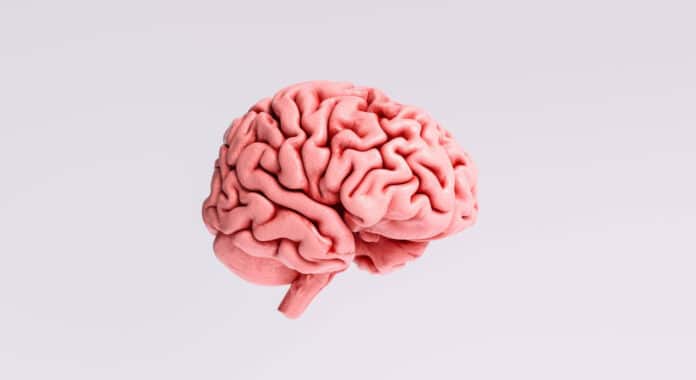A recent study by researchers from Washington University in St. Louis, working with investigators at the National Institute of Neurological Disorders and Stroke (NINDS), found a direct link between the brain and its protective covering called the dura mater.
These connections help drain waste fluid from the brain and let immune cells and other signals from the dura reach the brain. This challenges the idea that the brain is wholly separated from its surroundings by protective barriers, which are thought to keep it safe from harmful environmental chemicals and toxins.
NINDS’s Daniel S. Reich, M.D., Ph.D., said, “Waste fluid moves from the brain into the body much like how sewage leaves our homes. In this study, we asked what happens once the ‘drain pipes’ leave the ‘house’—in this case, the brain—and connect up with the city sewer system within the body.”
Reich’s team used advanced MRI to study the link between the brain and the body’s lymphatic systems in people. Meanwhile, Kipnis’s team was researching the same systems in mice using live cells and other microscopic imaging techniques.
In their MRI study, the researchers scanned the brains of healthy volunteers who had received gadobutrol injections. This dye helps visualize blood-brain barrier disruptions. They observed large veins passing through the arachnoid barrier on the scans. Over time, a dye ring appeared around these veins, suggesting fluid could move through the space around them into the dura.
Kipnis’s team conducted similar experiments in mice. They injected mice with light-emitting molecules and observed that fluid containing these molecules could pass through the arachnoid barrier around blood vessels, similar to what was seen in the MRI experiments.
Both labs discovered a ring of cells surrounding blood vessels where they pass through the arachnoid space, called arachnoid cuff exit (ACE) points. These points allow fluid, molecules, and some cells to move between the brain and the dura without thoroughly mixing the two fluids. In conditions like Alzheimer’s disease, blockages at these points could hinder waste removal, leading to protein buildup.
Kipnis compared ACE points to drains in a sink, suggesting that clearing blockages at these points could protect the brain. ACE points also serve as areas where the immune system can detect changes in the brain. In experiments where mice had immune attacks on their myelin, immune cells were found around ACE points. Blocking immune cells from interacting with ACE points reduced the severity of the attack.
Kipnis explained that the immune system communicates through molecules that travel from the brain to the dura mater. This communication needs to be carefully controlled to prevent harm to brain function.
Reich’s team noticed that older participants had more dye leakage around blood vessels, suggesting a weakening of ACE points with age. “This could lead to improper interactions between the brain and immune system,” Reich noted.
This link to aging and the breakdown of the brain-immune barrier aligns with findings in aging mice and autoimmune diseases like multiple sclerosis. It may also explain why the risk of neurodegenerative diseases increases with age, though further research is needed to confirm this connection.
Journal reference:
- Smyth, L.C.D., Xu, D., Okar, S.V. et al. Identification of direct connections between the dura and the brain. Nature. DOI: 10.1038/s41586-023-06993-7.
